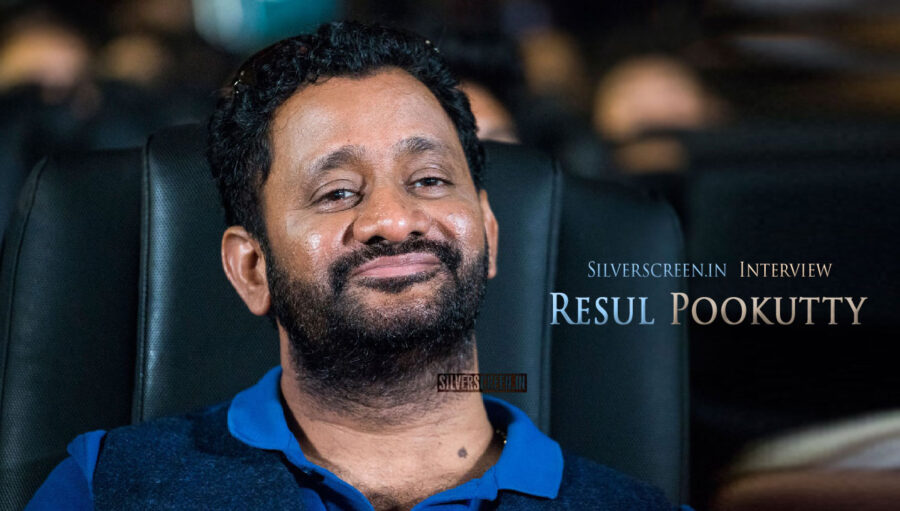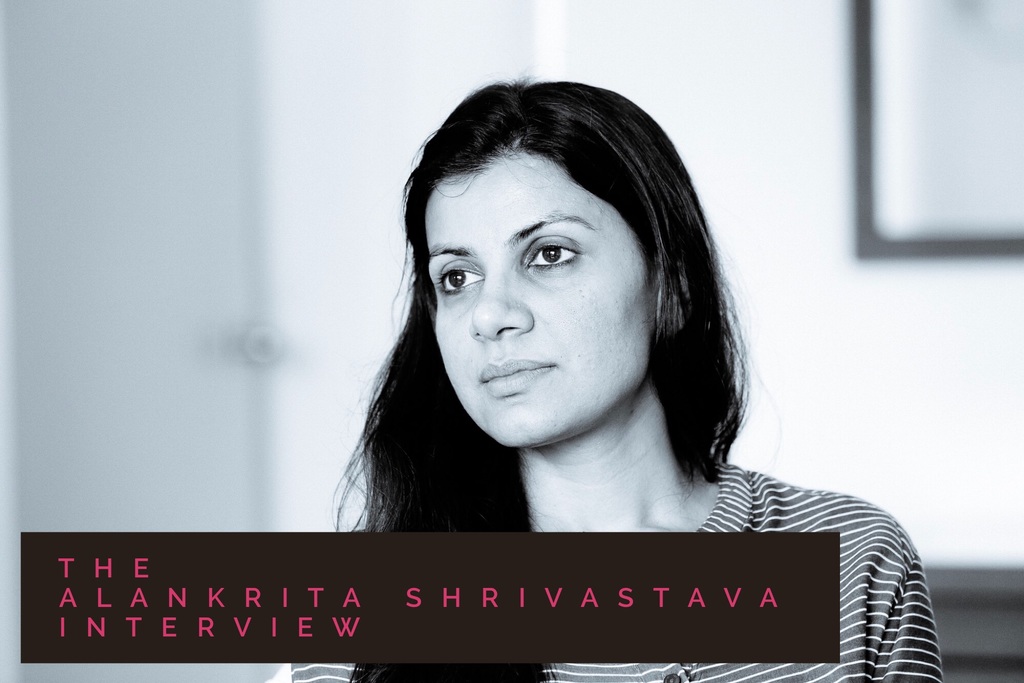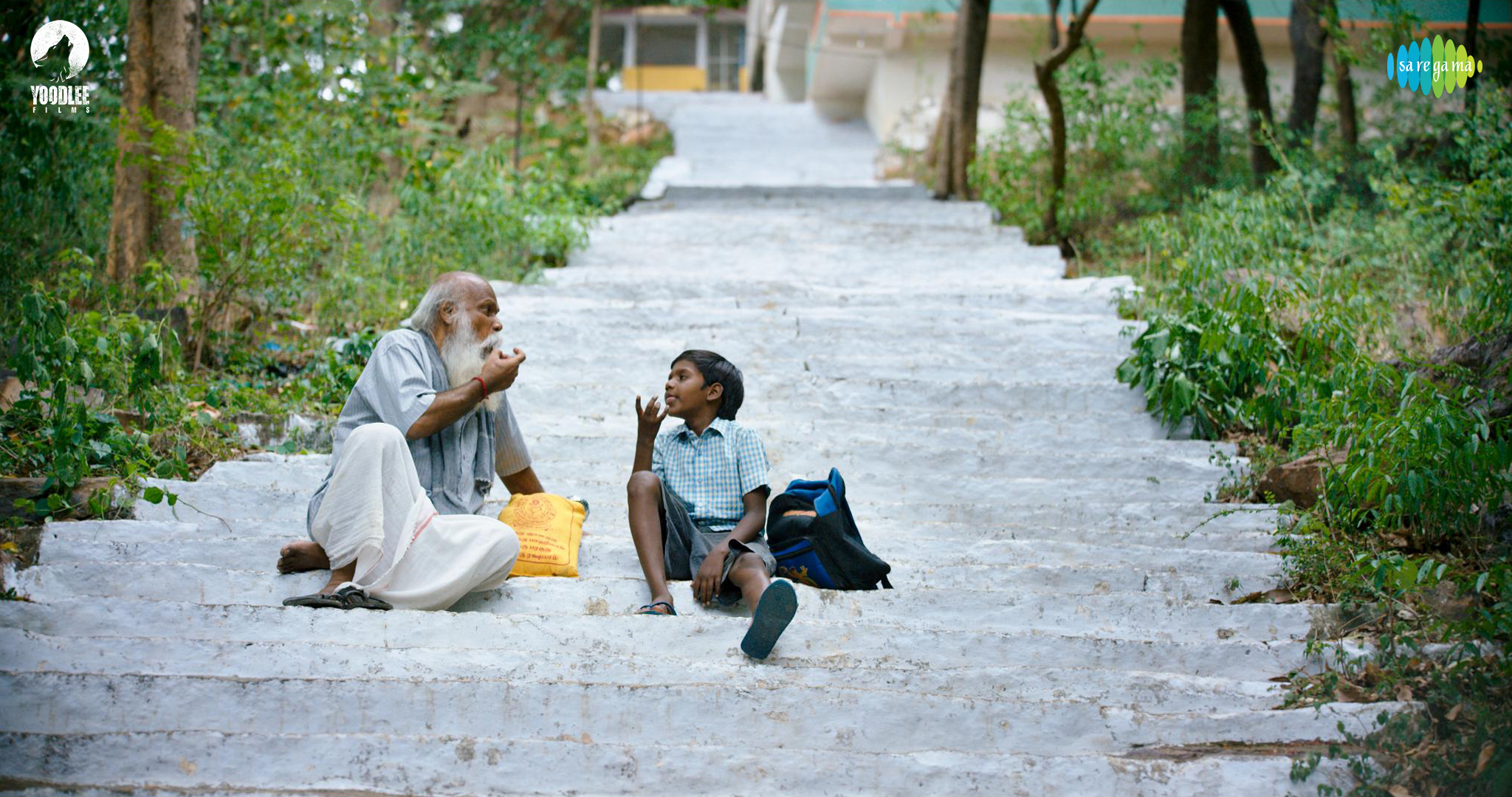After several successful films like Musafir, Black, Pazhassi Raja, 2.0 and the critically acclaimed Slumdog Millionaire, the desire to experiment with sound and its intricacies, seems to still be alive in this man. Despite a highly decorated career, he is looking for new ways to narrate stories through the audio medium. With Oththa Seruppu Size 7, a single-character film backed by emotions, he’s back in the limelight.
Excerpts from a conversation with the Oscar winner, and Padma Shri awardee, Resul Pookutty, on how Oththa Seruppu Size 7 took shape, Golden Globe hopes and more…
When Oththa Seruppu Size 7 was narrated to you, what was the first thing that struck you?
The movie actually reached me after the edit was completed. Parthiban sir had come to watch the special premiere of The Sound Story I held in Chennai. That’s where I met him for the first time. He told me that he had been meaning to meet me for a very long time but didn’t know how to contact me. He felt only I could do justice to the story.
He brought the rough cut to Bombay and we saw it together. I was confident about the movie at that point itself. It was a rare and amazing attempt in Tamil cinema and I decided to take it up since it was an amazing opportunity for sound too. I was aware of other films that had attempted a similar equation but they had always confined the audience within a space. I wanted to transport the audiences out of a particular space through sound even if it was not visually possible. Film viewing shouldn’t torture one and make them feel claustrophobic. Different people are of different nature.
On trimming the film to the right size…
The film was longer when it came to me. I gave suggestions after which it was edited and handed back to me. A different version of the film was sent for the Singapore South Asian International Film Festival.
We took the reaction of audiences and friends there and even screened it for a test audience here, after which the film was reworked again. We went over the mix in Bombay and then in Chennai about four to five times. There was a beautiful song that Parthiban’s character sings reminiscing his memories with his wife. But it had to be taken out because it hampered the flow.
About his team and the challenges they faced while working on this film…
I had three sound editors working day-in and day-out for three months, catching up on sleep whenever possible at the studio itself. Each of them had one aspect to look after. I was aware of the work involved but I don’t think my team understood it well. Work was certainly two-fold for me! I had trouble understanding Tamil also, so I asked for a subtitled version, understood every word clearly and worked on it. His assistants came to my studio in Bombay and we sat for days together to create the movements of the other characters. I even remember remastering a whole version to make one little sound louder because Parthiban insisted on it. (Laughs.)
On the ‘live’ vs ‘dubbing’ debate…
I felt the movie should’ve adopted live sound instead of dubbing. Nevertheless, I hired Lissy Lakshmi’s dubbing studio (Four Frames), redid all the acoustics of the room and set up multiple mics. I asked Parthiban sir to move around the room and re-enact every shot instead of dubbing from one position. A boom operator would swing along with his movements and record sound. I took samples from actual rooms which were later acoustically processed and recreated. That’s how you hear the police station, interrogation room, and the bathroom as it is.
Parthiban sir, who is well-versed with dubbing, ended up taking 70 days for the dubbing while the entire shoot took only 20 days. The norm we know of so far is, for instance, Rajinikanth sir takes three days, Akshay Kumar sir takes two days and some films even take a month. But spending more than two months on sound was unheard of before our film.
Introducing audible to our audiences…
I mainly wanted to make use of the ‘audible’ format in the film. We’ve all probably heard of audiobooks but I doubt if people know what an audible is. It is an audio entertainment format in the West that is slowly picking up here and is beyond an audiobook. Any story told through cinematic sound excluding visuals is an ‘audible’. It transports one to the space of an incident, gives them an idea of how things happened and brings them back without a shift in location. This was used in the film every time a story was narrated. Recently, Amazon India had approached me for making an audible for its OTT platform.
On the evolving audience…
This film is my tribute to all those who love and enjoy the audiovisual medium. I’m so happy that the Tamil audience has evolved so much. When I got my oscar, an arrogant journalist in Bombay asked me what the big deal was about winning an Oscar because it was given by the West. AR Rahman who was with me told him that the next ten years will be the golden period of Indian cinema. Looking back, Indian cinema has truly evolved. Super Deluxe left me in awe. The only way to bring audiences back to the cinema halls is by giving them something unique like Oththa Seruppu and Super Deluxe where you experiment with both sound and visuals. I am looking forward to the Golden Globe screening on the 20th. I will be showing the film to the sound community there. Let’s hope for a nomination!
How were the characters in the film designed?
It was all combined decisions. Not a single autocratic one. Parthiban was very clear with the characters he had drawn. We had auditioned more than 100 people for one voice. There were situations where we even electronically changed the voices a little when we weren’t completely satisfied. We fixed ages for the characters and carefully processed those voices, but made sure that the electronic alteration was not perceived by the audience.
We had differences in our opinions several times but all would be sorted after I explained the theories behind my decisions to him. For example, all characters in the room have stayed within the Dolby Atmos 5.1 surround format. Dolby engineers suggested localisation of the audio but I wasn’t looking at it that way. The people around Parthiban sir have a voice, but he doesn’t which also reflects today’s contemporary society. I didn’t want the characters to stick to the corners. I wanted them to be all-pervading, creating a tense atmosphere throughout. I could’ve used Dolby for the fan and clock too because realistically, it had to be there continuously. Instead, I looked at it as a device and used it only when required.
Did you wish you were on the sets at any point or did you feel that your presence there would’ve led to something different?
Yes. Yes! I don’t feel bad now, but I did feel the film lacked live sound and I cursed him for it every day during dubbing. He kept telling me that the small room had more than 100 people around and it was impossible to do so. So I asked him to listen to the pilot track and re-enact the same at the studio. Parthiban sir was exasperated. (Laughs.)
*Spoilers ahead*
Did you realise that the fourth story is false?
Ummm… was it?
Yes! When the first three stories are narrated, the audience and Parthiban sir are taken to the environment spoken of. But, for the last, you’re left in complete silence. I had associated the sound with the truth. One cannot describe an environment without being present in it. The last one had no sound associated, indicating a false story. The movie needs a couple of viewings to understand the intricacies of the work put in.
*Spoilers end*
What are the pros and cons of designing the sound for a film with a single character?
It was not easy to mix the sound for this. It might seem like nothing, but it was more stressful than 2.0. The mix was done with constant pondering on how the subconscious mind of the audience could be manipulated. There is a rule in Hollywood while editing. If you’re not hooked onto the story within seven minutes, you’ll lose your audiences. Despite one character, I think we managed to grab everyone’s attention in three-and-a-half minutes. Grand locations and beautiful people aren’t required. If people are able to sense emotion and life, you’ve achieved your goal. The sound in Oththa Seruppu gave the story its colour, character, and location without the visual medium. In Tamil cinema, we have never experimented with the listening power of audiences. Oththa Seruppu understood its power and made use of it.
How do you feel when being referred to as the ‘second hero’ of the film?
Oh! Many people called me the heroine. (Laughs.) I liked this recognition. I’m looking at my craft, my sound and not myself and this is the biggest affirmation I could possibly receive for that. The much-evolved Tamil audience has lapped it up, for me as well as Parthiban sir. I am hoping someone would put me in front of the camera now. I used to joke around and play with the assistants to relieve stress. Looking at this, one of his assistants Krishna said he’ll write a story with Parthiban sir and me. He probably will soon!
On working with Parthiban…
Recommended
I haven’t seen a filmmaker willingly spend so much money and energy on sound. He understood the power of it and used it to the advantage of his story. Even though he lacked funds, he pushed the release thrice only for my sake. He supported every artistic restraint that had to be considered from my side. I’m so happy and proud to meet such people. He has become my brother and we share a lifetime bond now. He is a living example of how truthfulness amounts to success.
What are you working on now?
My hands are actually full. I have my classmate Kiron Prabhakaran’s Thakkol which speaks of Christian brotherhood releasing at the end of the month. Other than that, Anwar Rasheed’s Trance, TK Rajeev Kumar’s Kolambi, my all-time buddy Sanjay Gupta’s Mumbai Saga, Rumi Jafry’s Chehare, Blessy’s Aadujeevitham and two films from Los Angeles.



